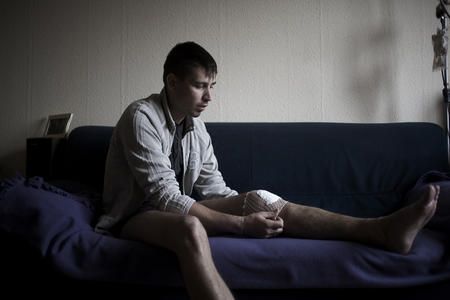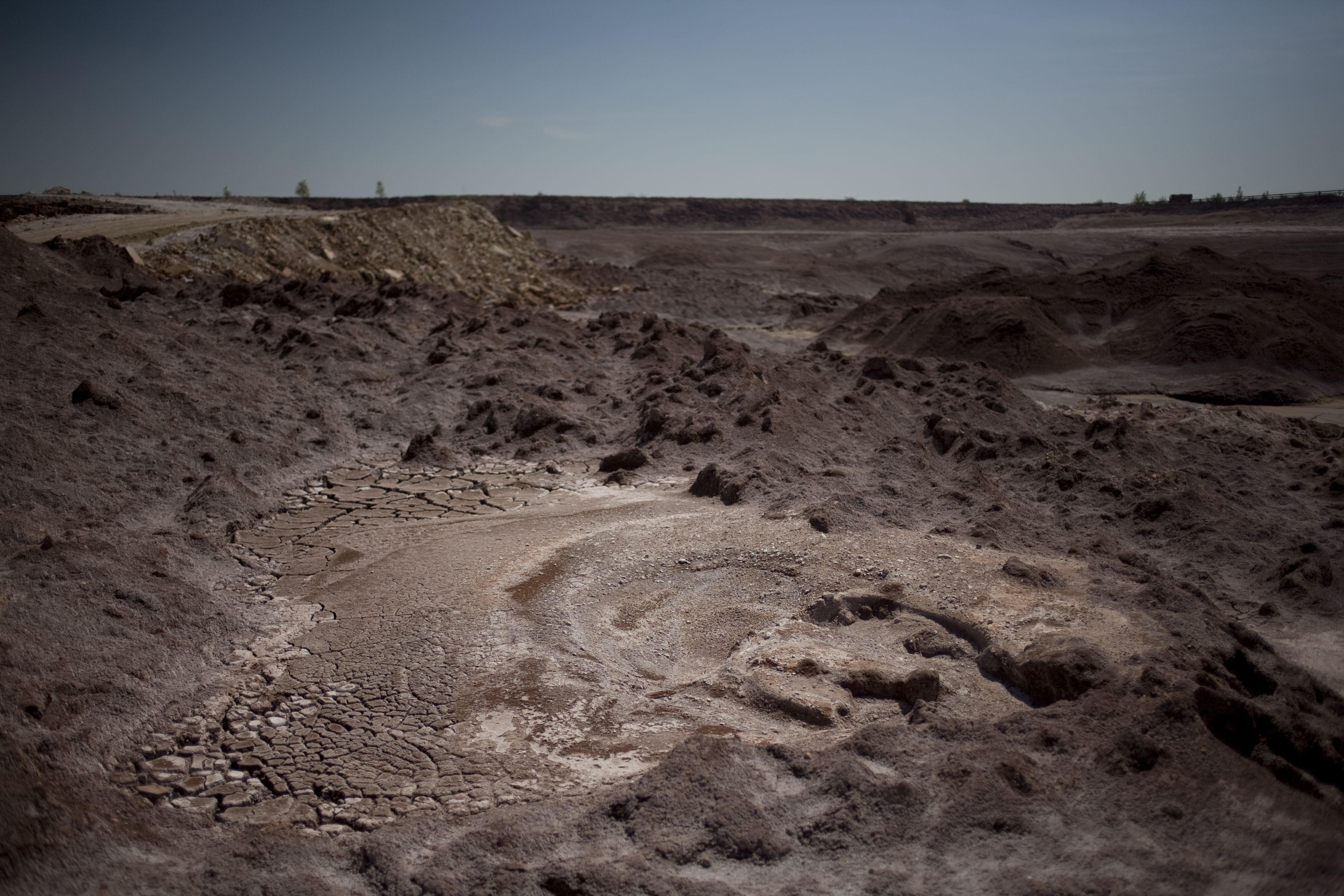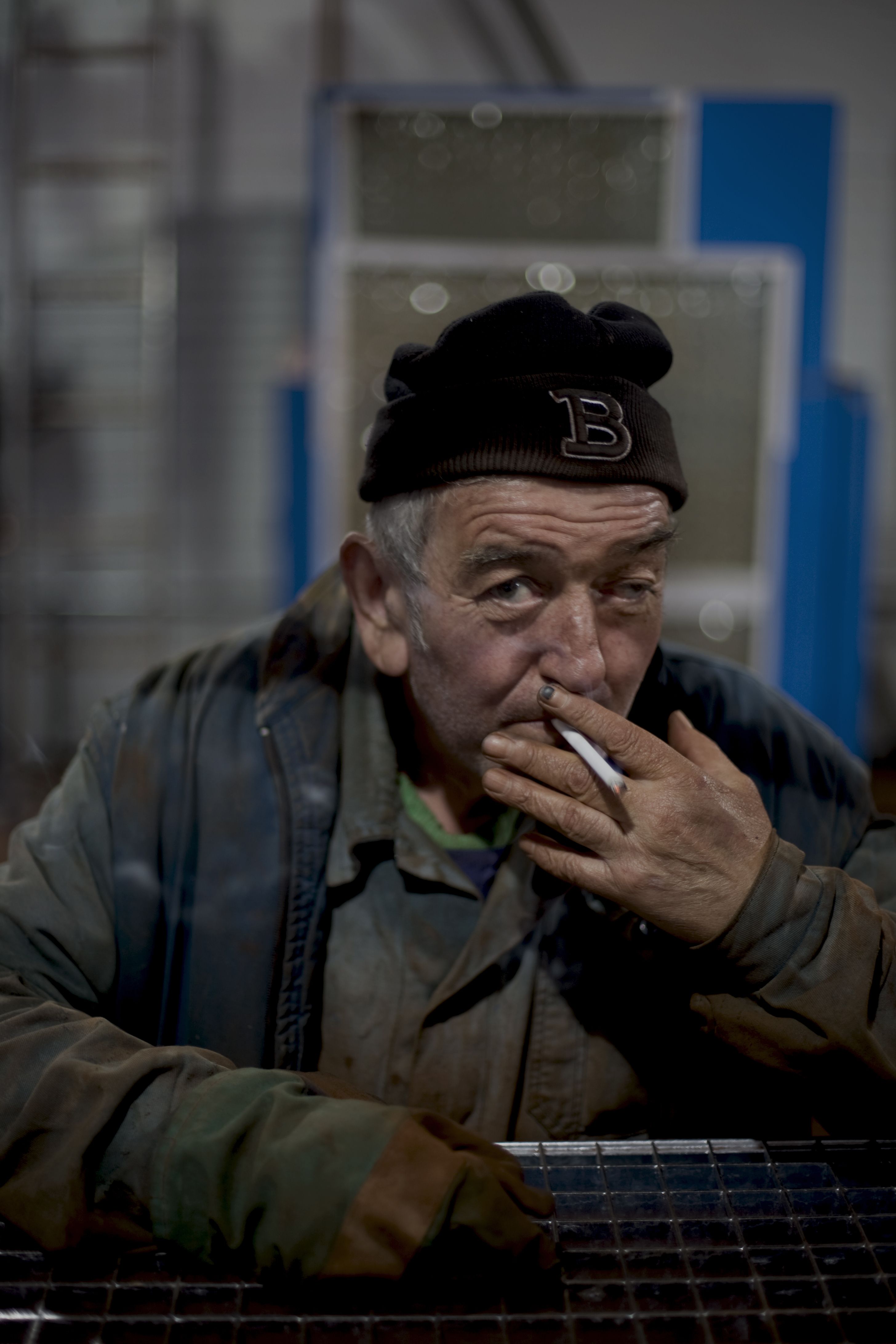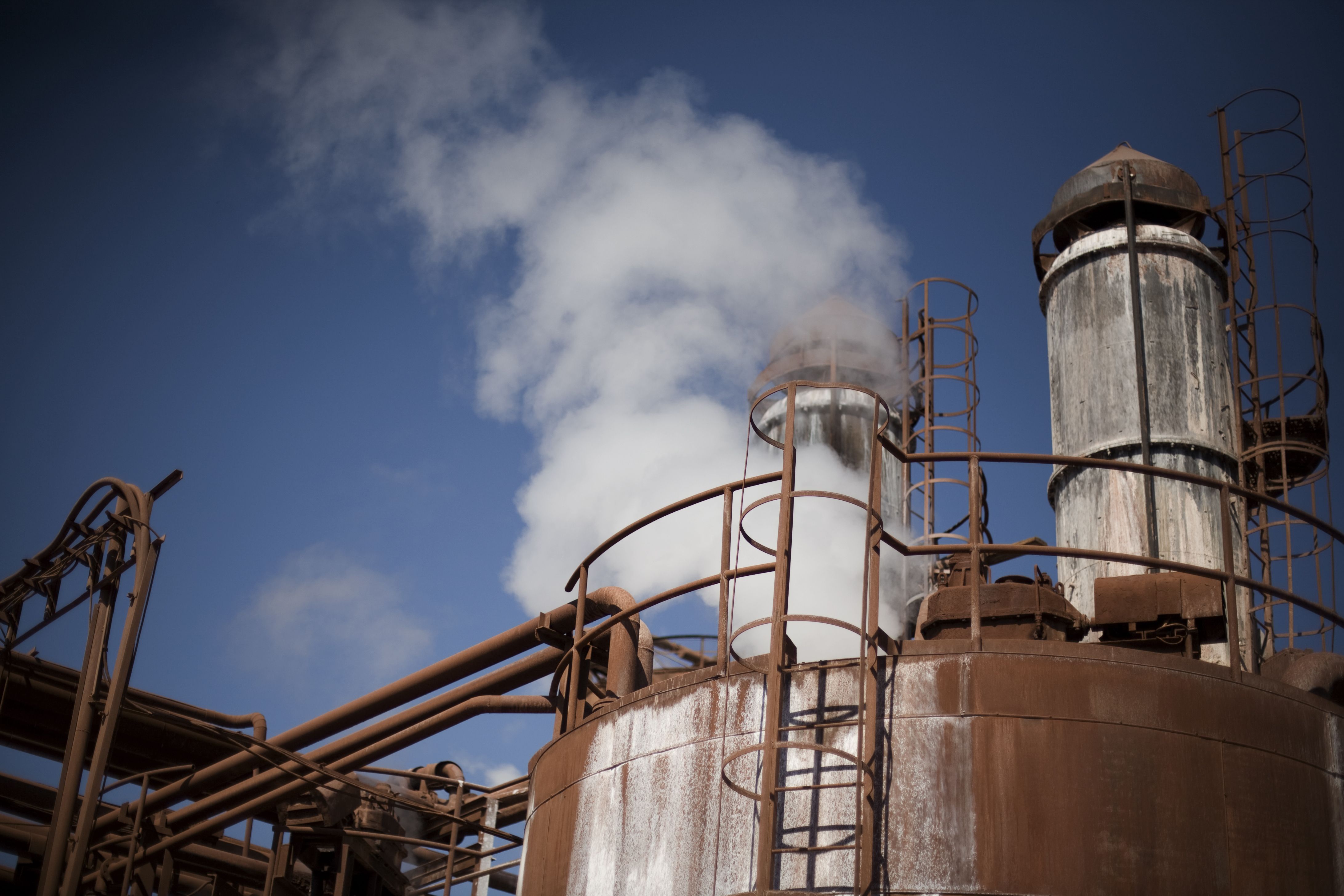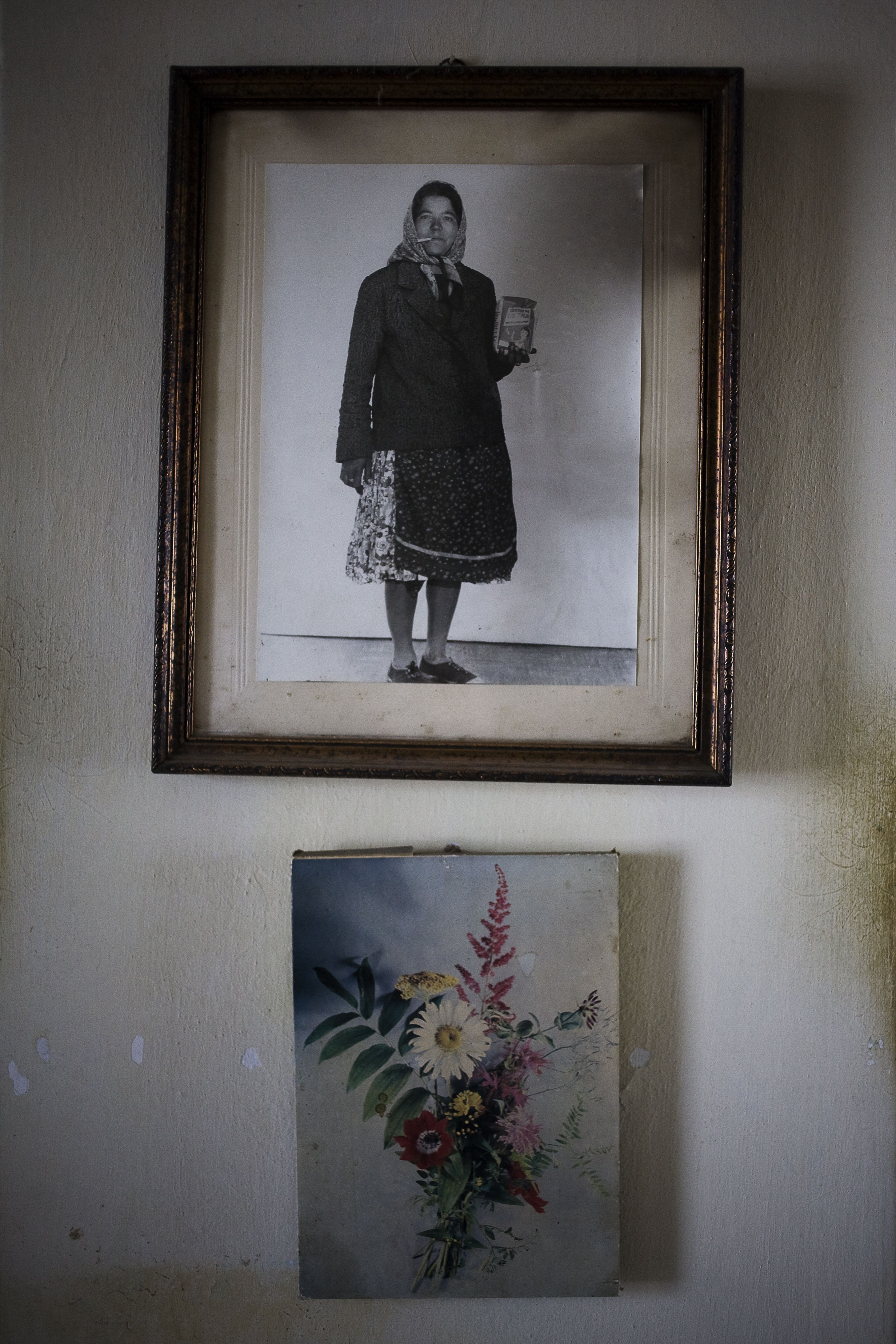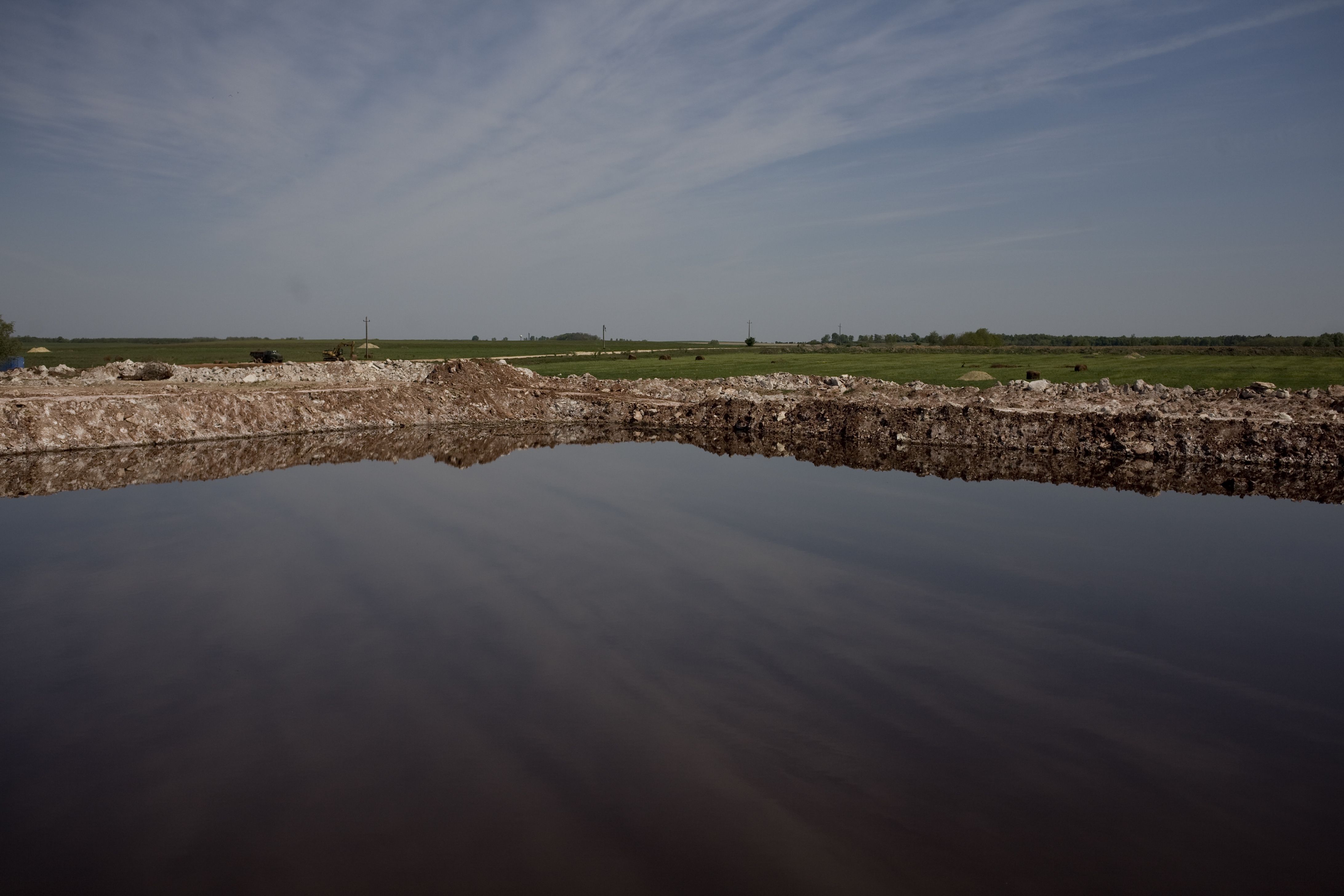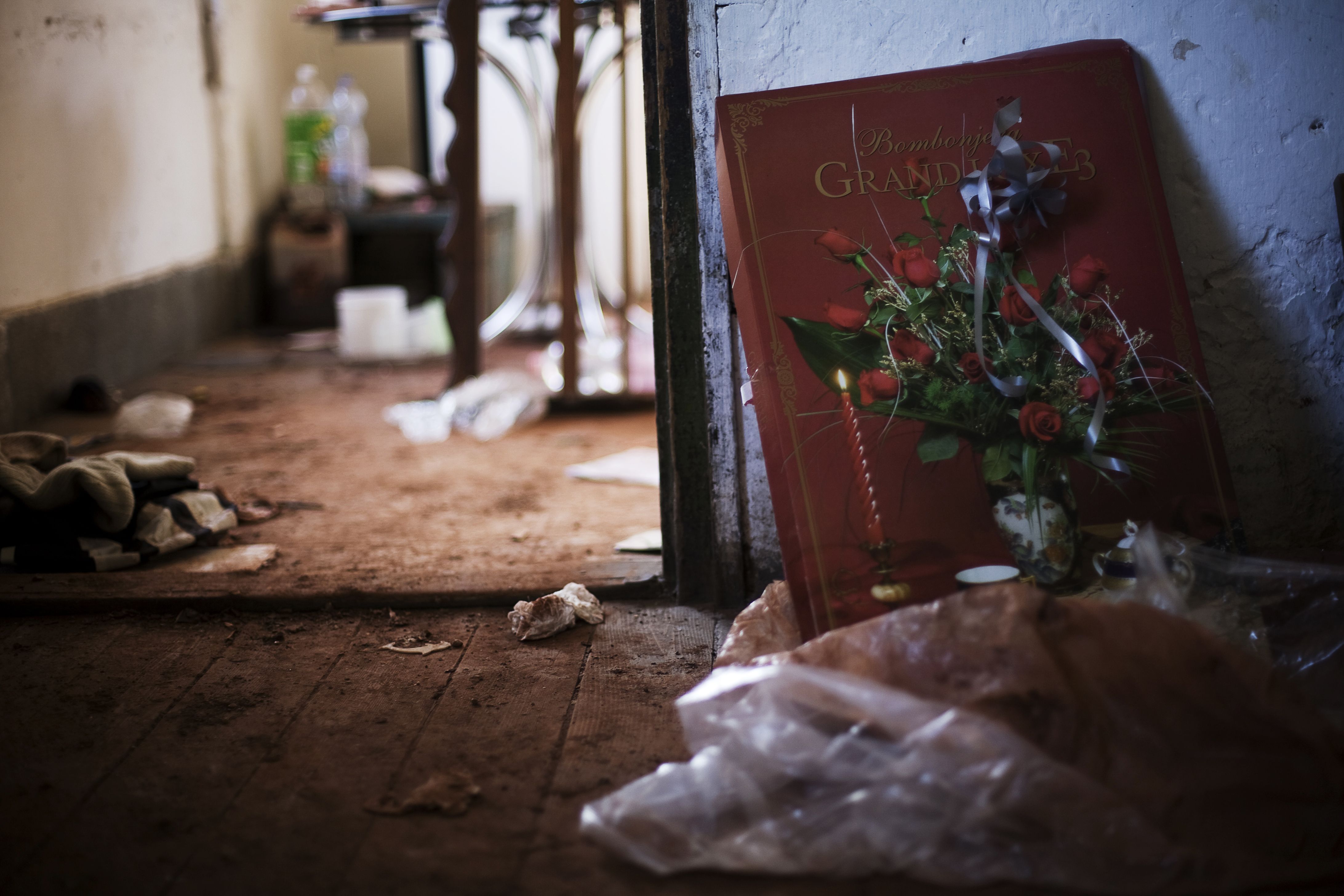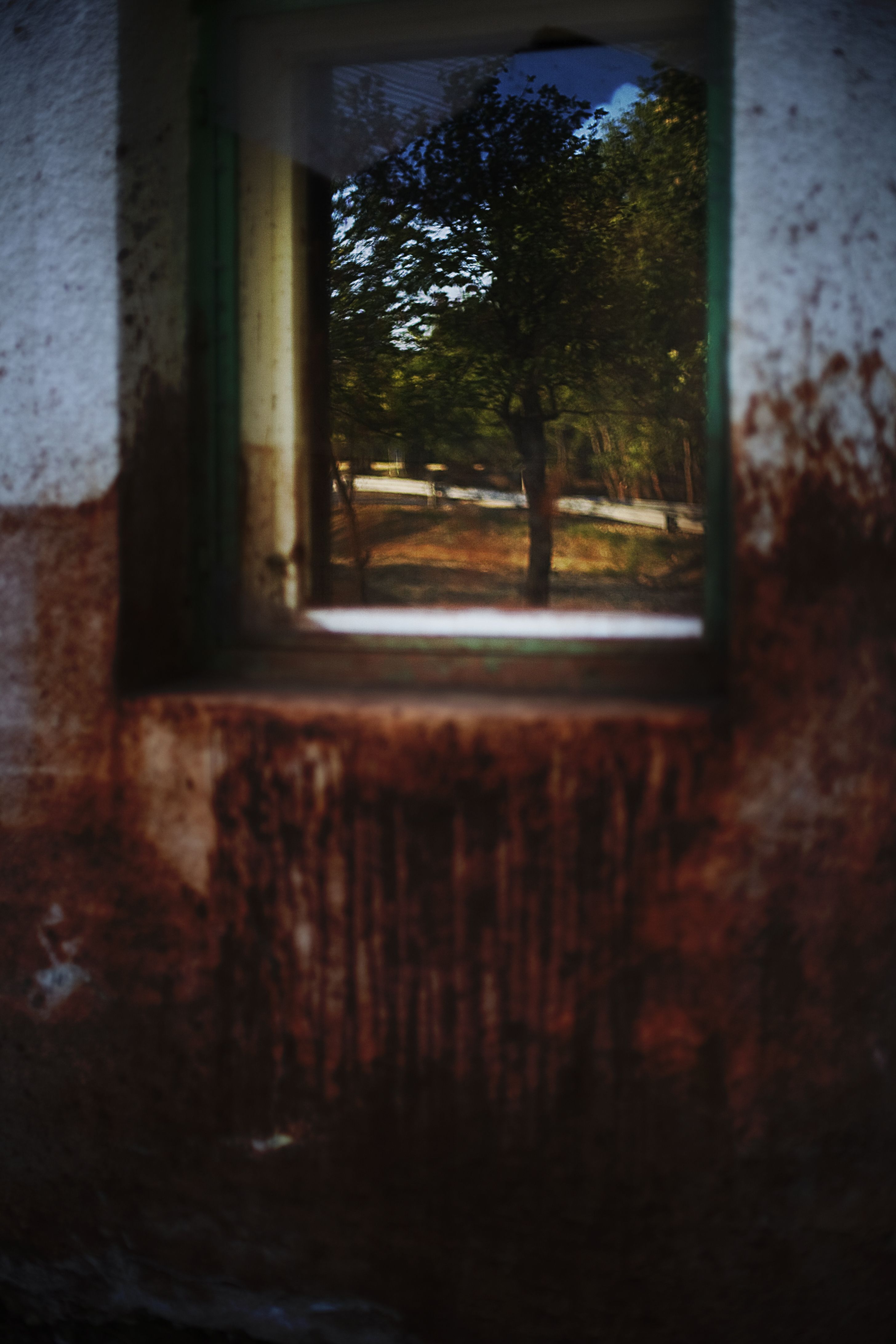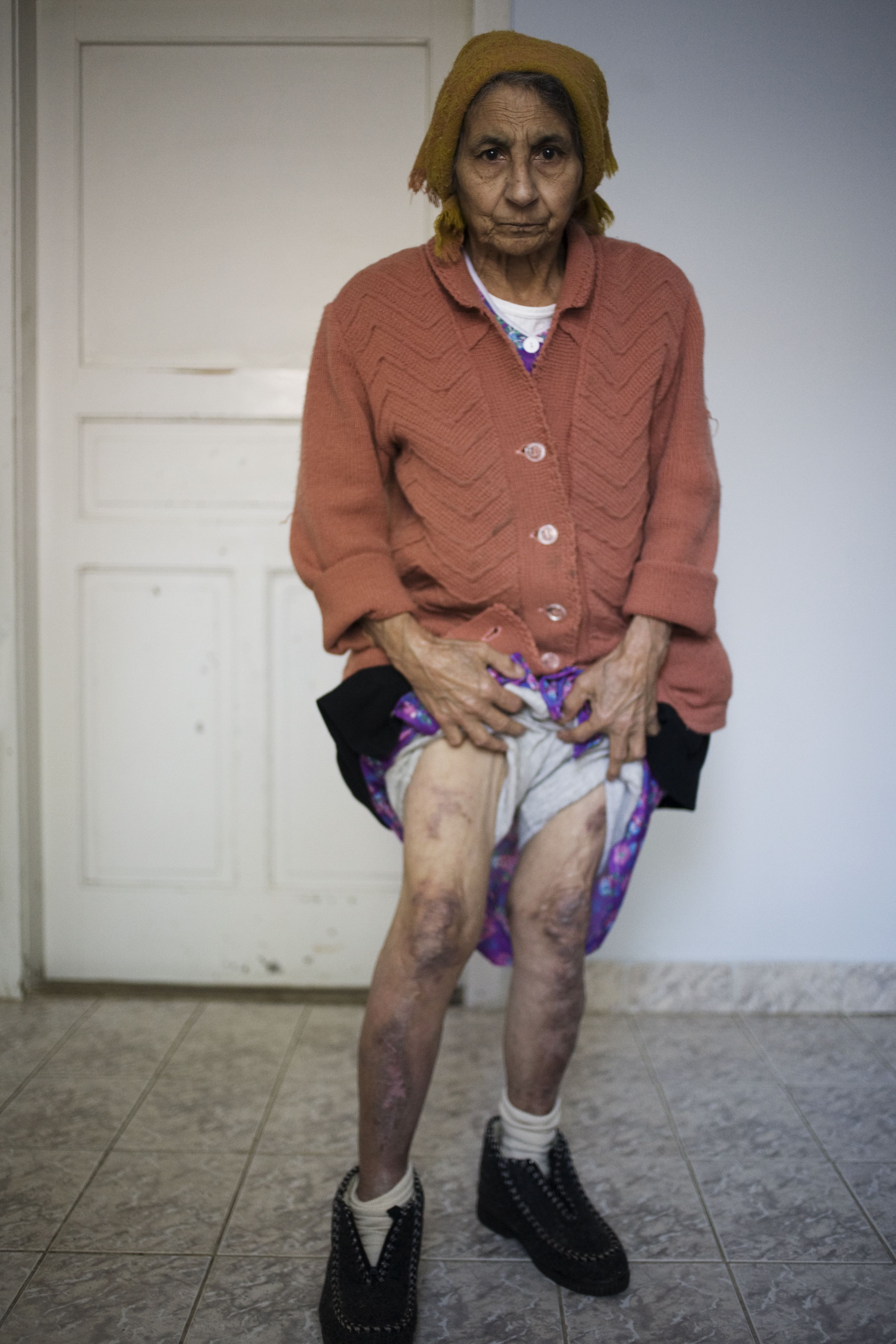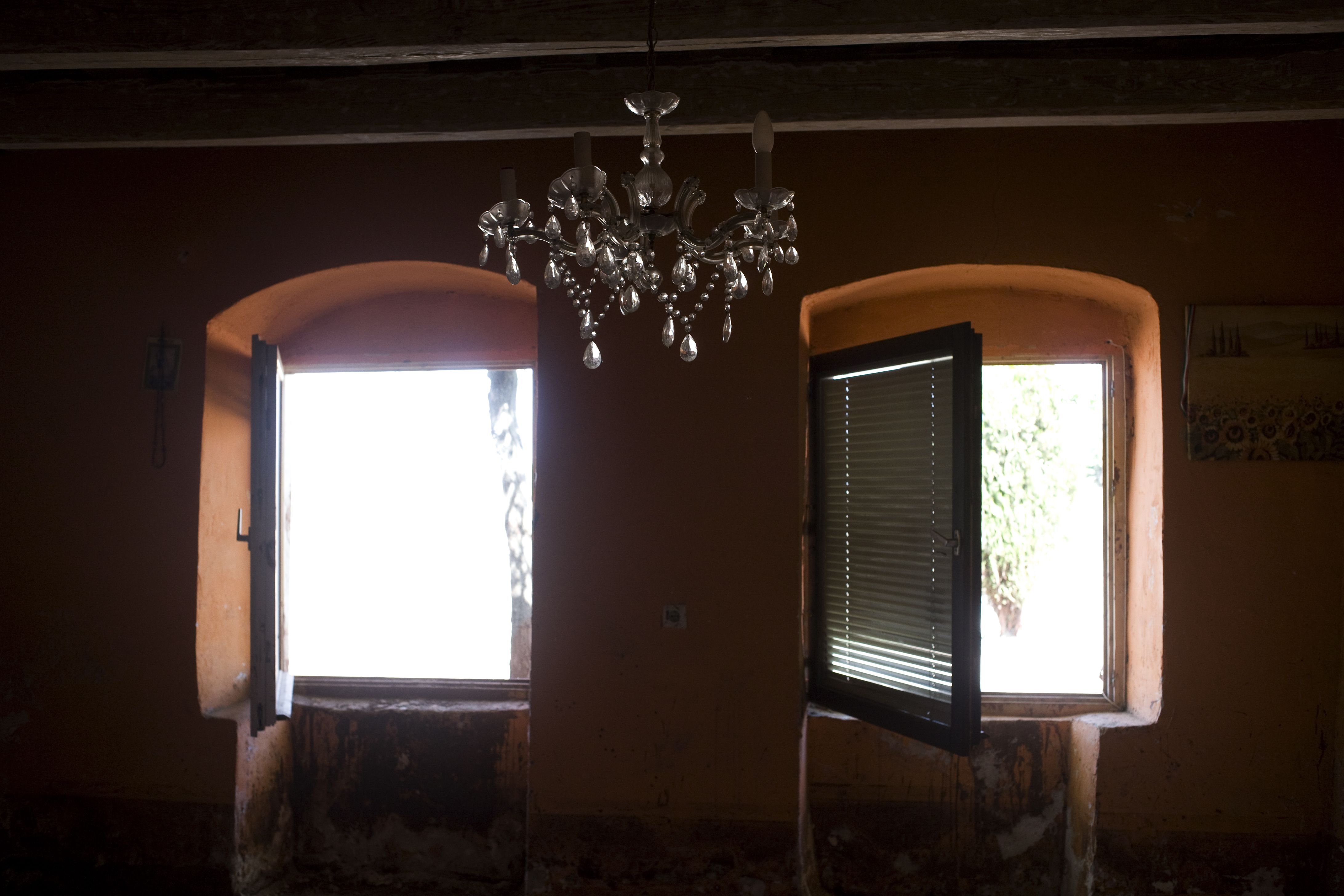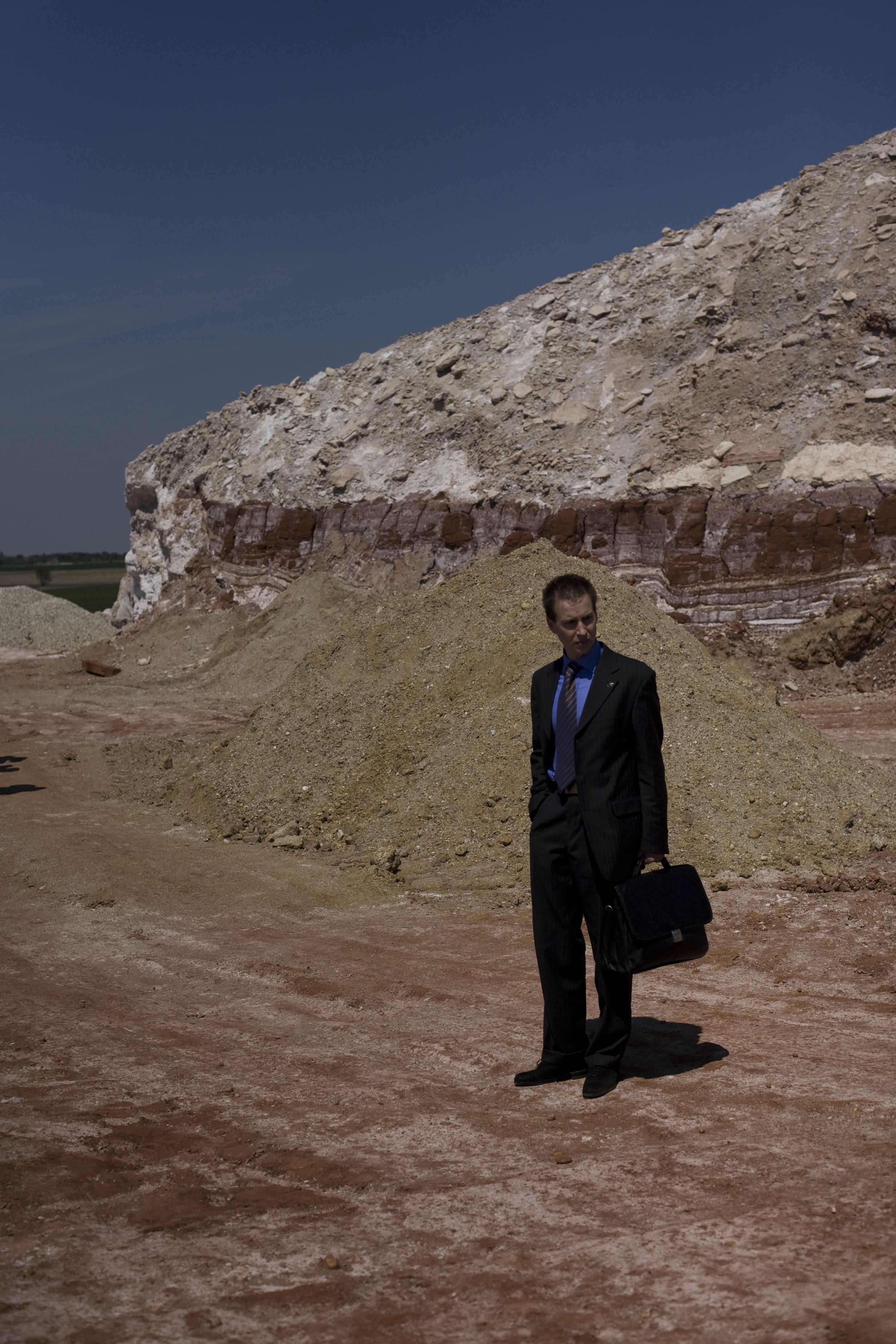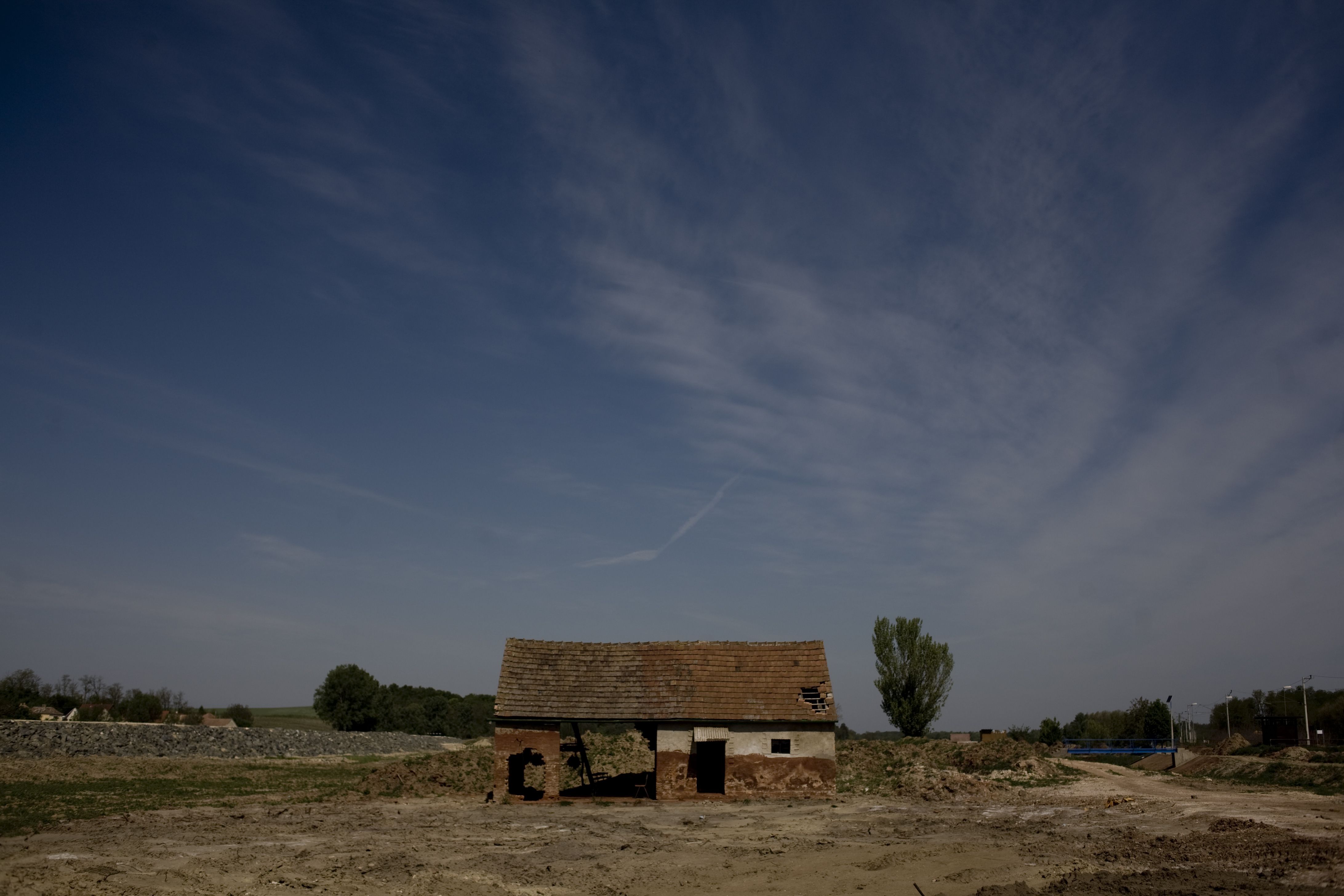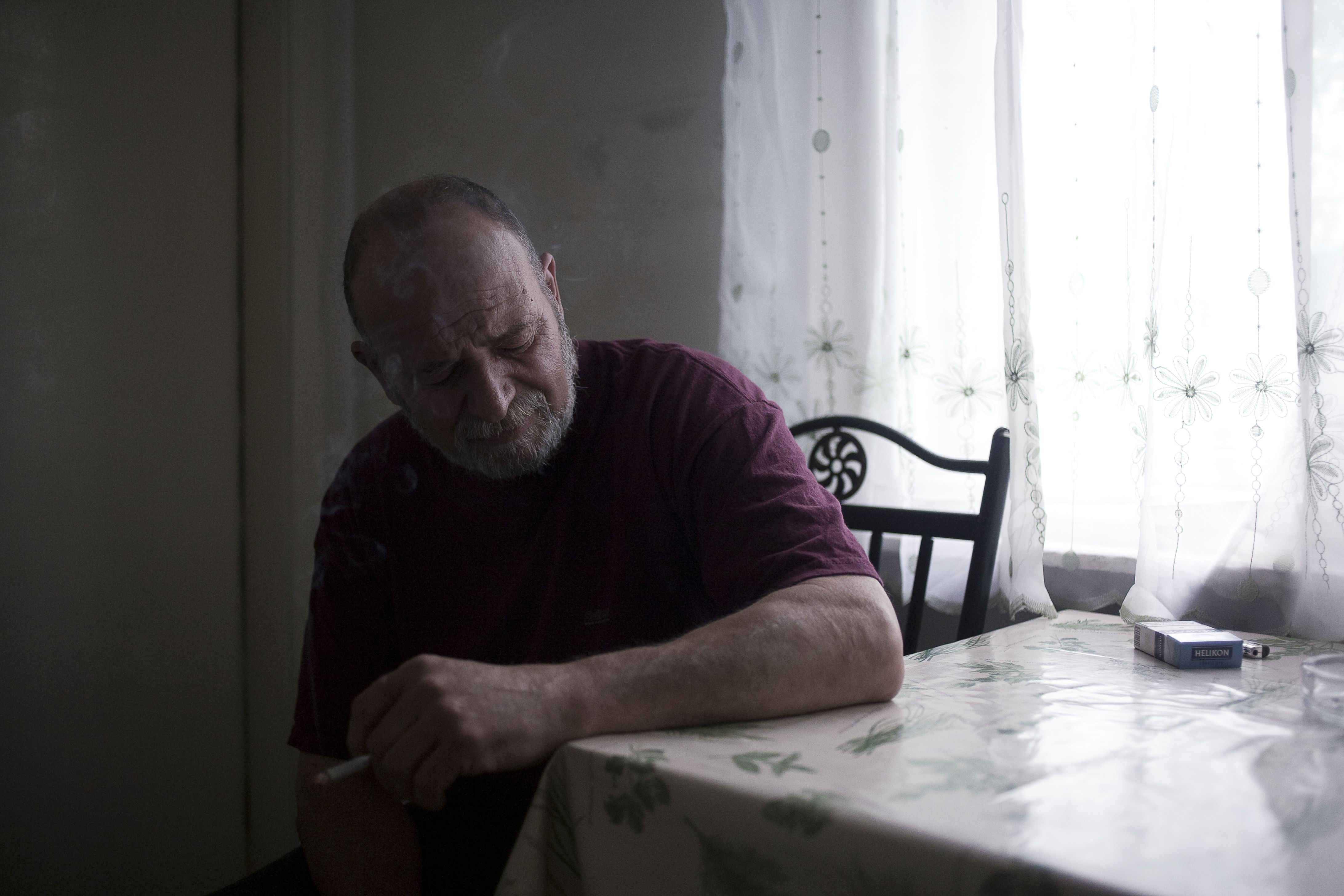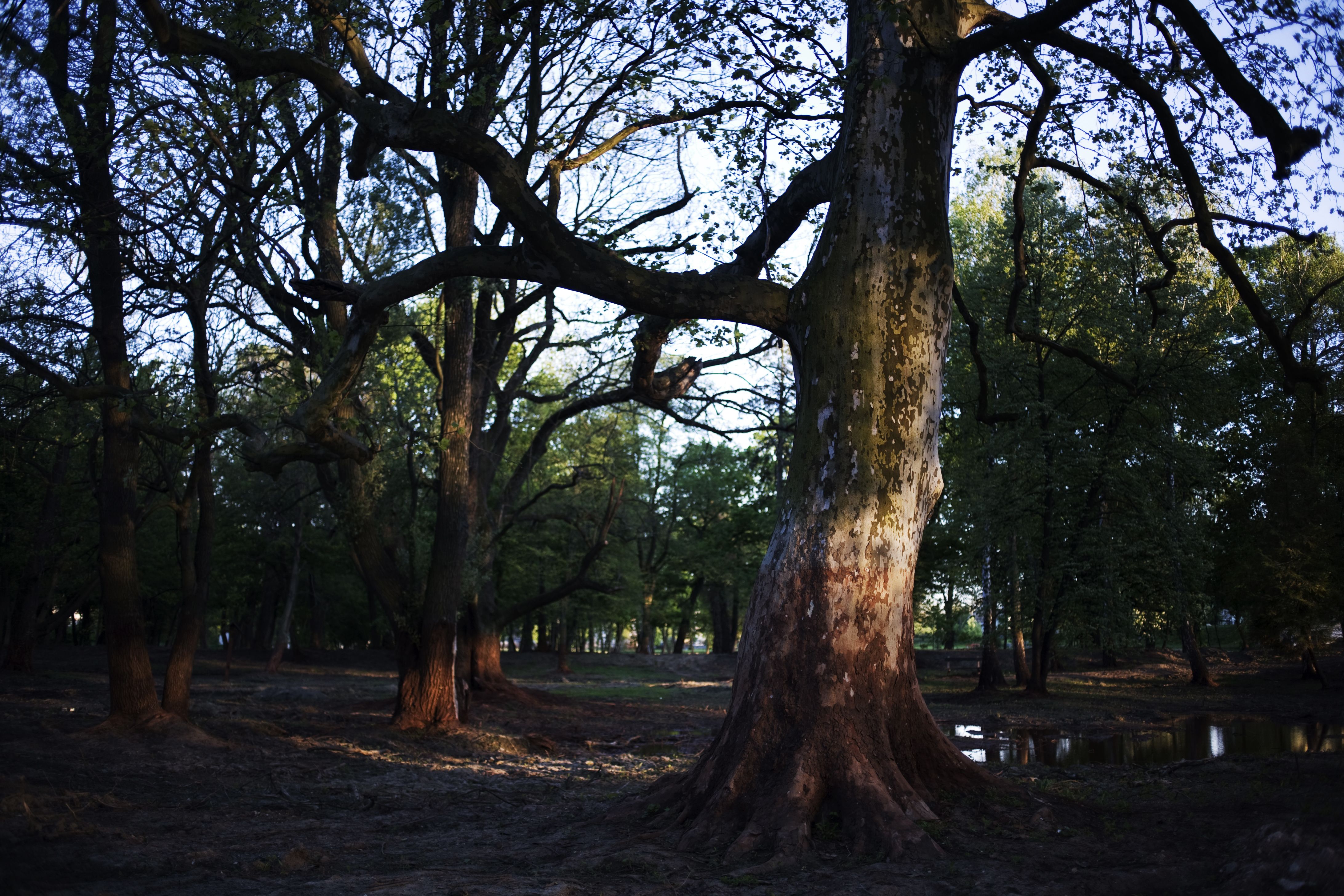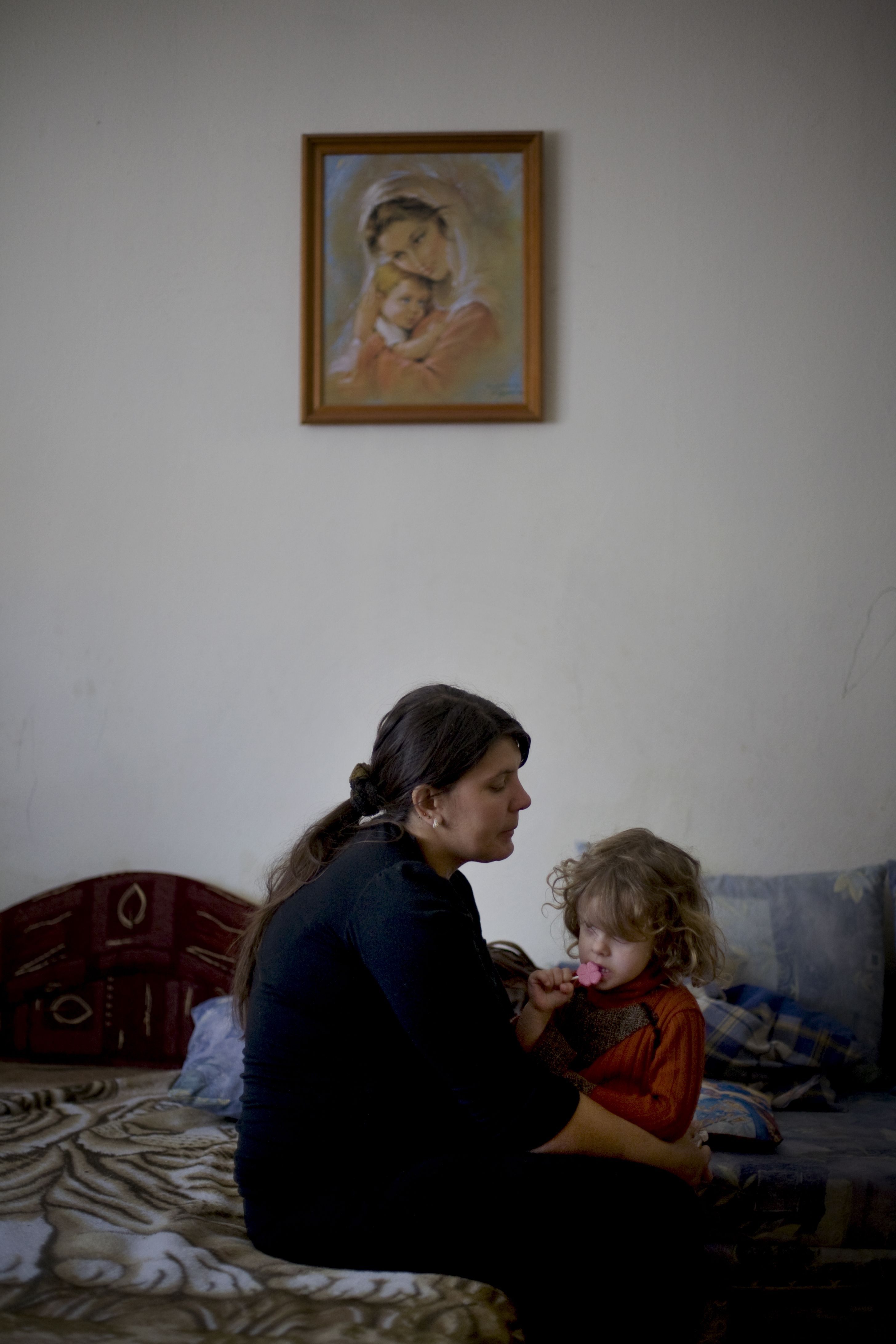June 09, 2011 | Pulitzer Center
By
On Oct. 4, 2010, the northwest corner of the dam at the No. 10 reservoir of the Ajka alumina plant collapsed, flooding the nearby towns of Kolontar and Devecser with 35 million cubic feet of red mud. The mud is a waste product of the process by which bauxite is refined into alumina, a form of aluminium oxide. As a result of the spill, 10 people were killed, more than 100 injured, and many left homeless. Six months later, nearby residents remain uncertain of their safety.
Transcript
